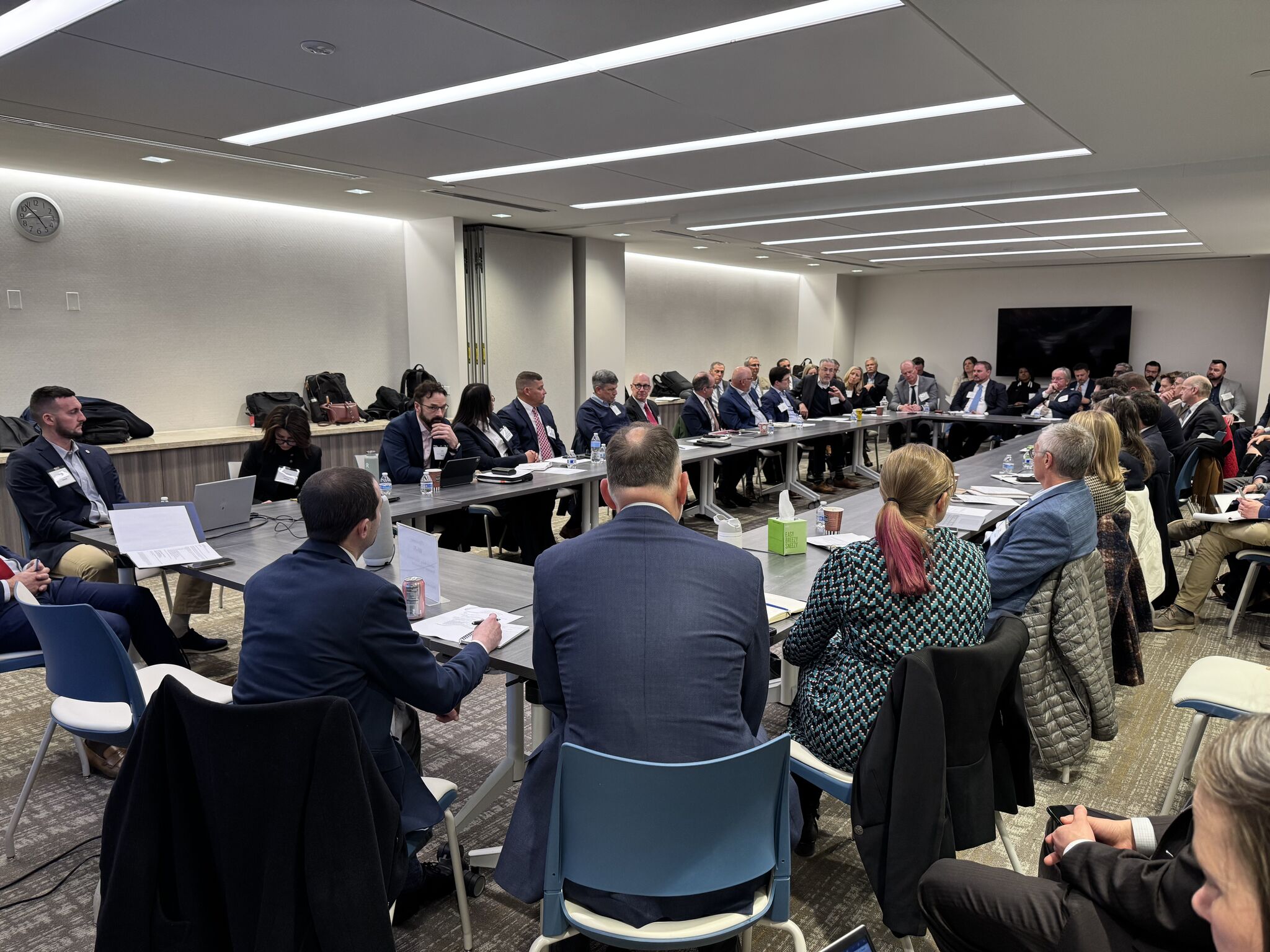Solar Power Booming All Around, Chinese EVs Expanding, US EV Charging Infrastructure Boom — Top Cleantech News – CleanTechnica

Sign up for daily news updates from CleanTechnica on email. Or follow us on Google News!
December has been absolutely packed with big cleantech stories. The solar power and electric vehicle markets keep growing fast, evolving, and even surprising. To be honest, when I write these weekly and bi-weekly news highlights, there are ends up being far more big and noteworthy news than I expect. It shouldn’t surprise me — I write or edit most of the stories — but I somehow lose track of just how much has happened or been announced in recent weeks until I produce there. But this time seems even more than normal. Let’s have a look.
Note that this is part of CleanTechnica’s weekly newsletter. Sign up for the newsletter here!
1. Solar power is booming around the world, and storage too.
Around the world, the solar power market is growing — often fast. A handful of recent reports show us more details on this. In India, solar power installations have been growing 106% this year and we just got word of a brand new 431-megawatt solar project. China has gotten a 1-gigawatt offshore solar PV farm as well as a 3-gigawatt solar farm on a former coal site. Europe is expected to add 110 gigawatts of solar next year. In the US, clean power capacity installations are up 86% this year and residential energy storage installations hit a new record in the third quarter. For more fun on the US solar market, see “10 US Solar Stats for Your Christmas Parties.”
And the Philippines is reportedly building the largest solar-plus-battery project in the world, a 3.5-gigawatt solar PV project combined with a 4.5-gigawatt-hour battery storage project, while the largest in the US — 1.2 GW of solar power capacity and 1.2 GW/7.2 GWh of battery capacity — was approved in Oregon.
2. That includes a burgeoning floating solar PV market.
Part of this solar power growth is in the fun and multi-purpose new market of floating solar power. The market is expected to reach 77 gigawatts in size by 2033. On that topic, the largest floating solar power plant in India was just recently commissioned, and even Ohio is getting floating solar farms.
3. Chinese EV producers continue to expand around the world.
The Chinese electric car market accounts for about half of world auto sales. More and more, electric car leaders in that market are looking for new markets to grow into in order to capitalize on their increasing competitiveness and find more sales elsewhere. Perhaps the hottest EV brand in China at the moment is Xiaomi, which is the second largest smartphone producer in the world and has absolutely stormed the EV market on entry this year, with more than 130,000 sales expected in its first 10 months on the market. Now we have news the company is laying the groundwork for exports in Europe.
We also get news that Chinese EVs are getting a warm welcome in Mexico. And we’ve got BYD launching new models in the Philippines and Peru.
4. Hydrogen is bombing for large vehicles as well now.
The hydrogen car market hasn’t exactly died, but it’s never been more than a heavily subsidized, loss-heavy division from a few automakers with only a tiny trickle of sales. However, some serious people have argued that it could be viable for large vehicles that could benefit from higher energy density. Increasingly, though, that seems to be a facade as well. Michael Barnard dives into this with regard to heavy-duty trucks. And then also does with regard to ships.
5. Electric motorcycles are flourishing in Nairobi, Kenya — and probably elsewhere.
Remeredzai has a great on-the-ground account of the fast growing electric motorcycle scene in Nairobi, Kenya. It’s an exciting story, and it’s great to see all the pics from the city. One has to wonder — how many cities around the world is this same kind of thing happening?
6. Boat-to-grid!


This isn’t a major matter yet, but it’s a new one, so it got me excited. (We don’t often see something new in the cleantech industry these days.) Over in Europe, Volvo Penta is working on a boat-to-grid trial with Varberg Energi and Ferroamp.
7. US Department of Energy sprinting to implement solar and wind projects and programs.
With the changing administration in the White House and all of the federal agencies of the US, a lot is expected to be dropped from the clean energy and EV agenda Joe Biden put forward. As a result, there’s a kind of sprint underway to get as much funded, started, or completed from the Inflation Reduction Act and Bipartisan Infrastructure Law before the end of the year. We keep seeing more announcements, including a flurry of them the other day. You can find more DOE news here.
Related to this, the US is adding a record amount of solar manufacturing capacity.
8. EV sales continue to grow around the world.
I know — this is a weekly story. But it’s important, especially in a year when it’s been very popular to claim EV sales are shrinking. I love our new Latin American EV sales reports. And José Pontes did his big monthly report on the top EV models in the world and top EV brands & automakers in the world.
Diving into the huge California auto market, we find out that Tesla is still the 2nd highest selling automaker in the state, despite shrinking by 13% year over year in the first three quarters of the year. The Tesla Model Y is the top selling automobile on the market and the Model 3 is in second place, with several other EVs performing well in their own vehicle classes as well.
In the US as a whole, I explored the top selling models and the top selling auto brands and groups for EV sales.
Then there’s also Sweden, France, Germany, Norway, and the UK.
9. EV batteries last longer than we thought.
Even more great news for EVs, new research indicates EV batteries may last about 40% longer than common expectations. Don’t worry about having to replace the battery in your electric car — the car will probably last longer.
10. Long-term review of Tesla Model Y.
A few of our writers own a Tesla Model Y. One of them wrote up her 3-year review of the Model Y, and another wrote about his plan to minimize his total cost of ownership across 10 years with the Tesla Model Y.
11. Tesla Model Q?
Details have started emerging on what may be a cheaper electric car model from Tesla — cheaper than the current Model 3. It’s still early, but any somewhat affordable mass-market car from Tesla would be big news. It seems that Tesla is targeting a post-subsidy price of under $30,000 (but … we’re also expecting Donald Trump will kill the federal EV subsidy). We’ll have more details when the car is actually ready to be revealed, but we have a starting point on the rumors for now.
12. US EV charging network gets big boost.
Related to #7, EV charging station companies have been getting a boost in funding from the Biden administration. And that’s resulting in some big EV charging expansion announcements. Whether related to that or not, though, a new partnership between Electrify America and Costco could go a long way in providing highly needed EV charging infrastructure for the masses, GM and EVgo teamed up on a 2,000-station plan, and EVgo has plans to build another 7,500 stations by 2029 with support from the US Department of Energy.
13. Ups & downs with robotaxis.
GM has pulled the plug on its Cruise robotaxi venture! In a bit of a shocker, GM is ending its long venture into robotaxis and going to refocus its Cruise autonomous driving team on improving autonomous driving features in the personal cars GM sells. Is it trying to move more in the direction Tesla is headed? Or is it “giving up” on its dreams? I guess there are different ways to interpret this for now.
At the same time, Waymo is expanding into Miami and WeRide is expanding into Abu Dhabi alongside Uber.
Honorable Mentions

Chip in a few dollars a month to help support independent cleantech coverage that helps to accelerate the cleantech revolution!
Have a tip for CleanTechnica? Want to advertise? Want to suggest a guest for our CleanTech Talk podcast? Contact us here.
Sign up for our daily newsletter for 15 new cleantech stories a day. Or sign up for our weekly one if daily is too frequent.
CleanTechnica uses affiliate links. See our policy here.
CleanTechnica’s Comment Policy
Related
How SenseiNode Is Building Proof-of-Stake Infrastructure in Latin America
A lot of attention is paid to the decentralization of the Bitcoin network.Bitcoin miners should set up shop in a number of different jurisdictions in order to p
The Infrastructure of Racial Justice Is Under Attack. We Must…
President Donald Trump began February with a proclamation that Black History Month offered “an occasion to celebrate the contributions of so many Black Am
Bomb threat found “non-credible”: American Airlines after Delhi-bound flight diverted…
American Airlines has said that the "bomb threat on board", due to whi
Big infrastructure investment plans take shape in America
Amtrak and dozens of major industry partners representing construction, manufacturing, rail supply, engineering, and other sectors convened for an industr















